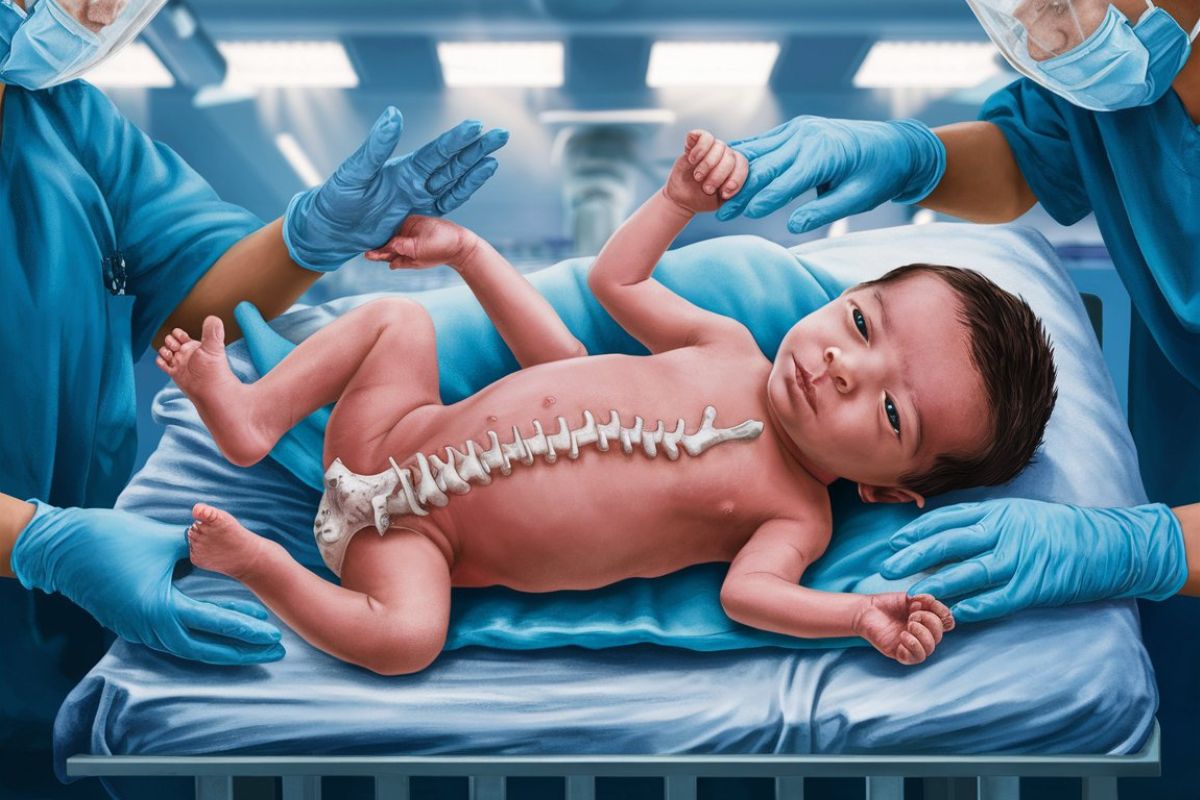
Achondrogenesis is a rare genetic disorder affecting bone development, leading to short limbs, a small body, and other skeletal abnormalities. This condition is typically diagnosed at birth or even before through prenatal imaging. Achondrogenesis is caused by mutations in specific genes responsible for bone growth and cartilage formation. Unfortunately, it often results in severe health complications and a significantly shortened lifespan. Despite its rarity, understanding achondrogenesis is crucial for medical professionals and families affected by this condition. This article will delve into 23 essential facts about achondrogenesis, shedding light on its causes, symptoms, diagnosis, and potential treatments. Whether you're a medical student, a concerned parent, or just curious, these facts will provide valuable insights into this challenging genetic disorder.
What is Achondrogenesis?
Achondrogenesis is a rare genetic disorder affecting bone development. It results in severe skeletal abnormalities, often leading to life-threatening complications. Here are some key facts about this condition.
-
Achondrogenesis is extremely rare. Only about 1 in 40,000 to 60,000 newborns are affected by this disorder.
-
There are three main types. These include Achondrogenesis type 1A, 1B, and type 2, each with distinct genetic causes and characteristics.
-
Type 1A is the most severe. Infants with this type often have more pronounced skeletal abnormalities and a shorter lifespan.
-
Type 1B is caused by mutations in the SLC26A2 gene. This gene is responsible for producing a protein essential for cartilage and bone development.
-
Type 2 is linked to mutations in the COL2A1 gene. This gene plays a crucial role in forming collagen, a key component of connective tissues.
Symptoms and Diagnosis
Understanding the symptoms and how achondrogenesis is diagnosed can help in early detection and management.
-
Severe short stature is a hallmark symptom. Infants with achondrogenesis are significantly shorter than average at birth.
-
Underdeveloped lungs are common. This can lead to respiratory issues, which are often life-threatening.
-
Hydrops fetalis may occur. This condition involves severe swelling in the fetus, often detected via ultrasound.
-
Prenatal diagnosis is possible. Ultrasound and genetic testing can identify achondrogenesis before birth.
-
X-rays reveal skeletal abnormalities. These imaging tests show underdeveloped bones and other skeletal issues.
Genetic Aspects
The genetic basis of achondrogenesis is complex but crucial for understanding the disorder.
-
Autosomal recessive inheritance is typical. Both parents must carry a copy of the mutated gene for their child to be affected.
-
New mutations can occur. Sometimes, achondrogenesis results from new genetic mutations not inherited from parents.
-
Genetic counseling is recommended. Families with a history of achondrogenesis can benefit from genetic counseling to understand risks and options.
Treatment and Management
While there is no cure, certain treatments and management strategies can improve quality of life.
-
Supportive care is essential. This includes respiratory support, nutritional assistance, and physical therapy.
-
Surgical interventions may be necessary. Procedures to address skeletal abnormalities can help improve mobility and function.
-
Palliative care is often required. For severe cases, palliative care focuses on comfort and quality of life.
Research and Future Directions
Ongoing research aims to better understand and treat achondrogenesis.
-
Gene therapy holds promise. Scientists are exploring ways to correct the genetic mutations causing achondrogenesis.
-
Stem cell research is ongoing. This research could lead to new treatments for regenerating damaged tissues.
-
Clinical trials are crucial. Participating in clinical trials can help advance understanding and treatment of achondrogenesis.
Living with Achondrogenesis
Families and individuals affected by achondrogenesis face unique challenges and require support.
-
Support groups can be invaluable. Connecting with others facing similar challenges provides emotional and practical support.
-
Educational resources are available. Organizations like the National Organization for Rare Disorders offer information and resources.
-
Advocacy is important. Raising awareness about achondrogenesis can lead to better support and funding for research.
-
Quality of life varies. With proper care and support, some individuals with achondrogenesis can lead fulfilling lives despite their challenges.
Final Thoughts on Achondrogenesis
Achondrogenesis, a rare genetic disorder, affects bone development, leading to severe skeletal abnormalities. Understanding this condition helps in raising awareness and supporting affected families. Early diagnosis through prenatal imaging and genetic testing is crucial for managing the disorder. While there's no cure, supportive care can improve the quality of life for those affected.
Research continues to explore potential treatments and interventions. Families dealing with achondrogenesis benefit from connecting with support groups and medical professionals specializing in genetic disorders. Knowledge about this condition empowers families and healthcare providers to make informed decisions.
Achondrogenesis highlights the importance of genetic research and the need for continued support for rare disease communities. By staying informed and advocating for research, we can hope for advancements that may one day offer better outcomes for those affected by this challenging condition.
Was this page helpful?
Our commitment to delivering trustworthy and engaging content is at the heart of what we do. Each fact on our site is contributed by real users like you, bringing a wealth of diverse insights and information. To ensure the highest standards of accuracy and reliability, our dedicated editors meticulously review each submission. This process guarantees that the facts we share are not only fascinating but also credible. Trust in our commitment to quality and authenticity as you explore and learn with us.


